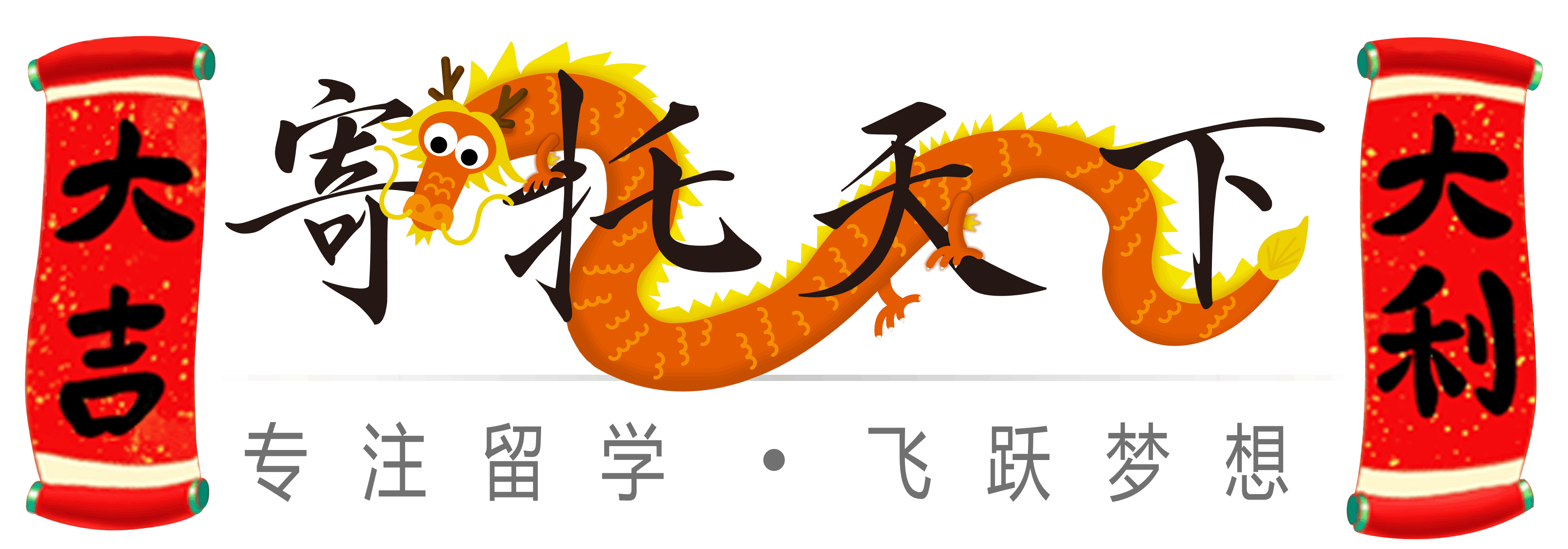|
5476| 10
|
[资料分享] 0910AW SPECTACULAR 之【SU & SY SO】第三期——冠词、数词 |
|
|
|
|
|
|
cicialice学习笔记
|
|
|
Alice~管他过去过不去的~!
|
||
|
|
|
|
|
|
|
|
|
|
|
|
|
|
|
|
转发该帖子
0910AW SPECTACULAR 之【SU & SY SO】第三期——冠词、数词
https://bbs.gter.net/thread-960977-1-1.html
复制链接
发送





 GO
GO












 发表于 2009-6-4 20:39:01
发表于 2009-6-4 20:39:01







 发表于 2009-6-5 23:09:09
发表于 2009-6-5 23:09:09







